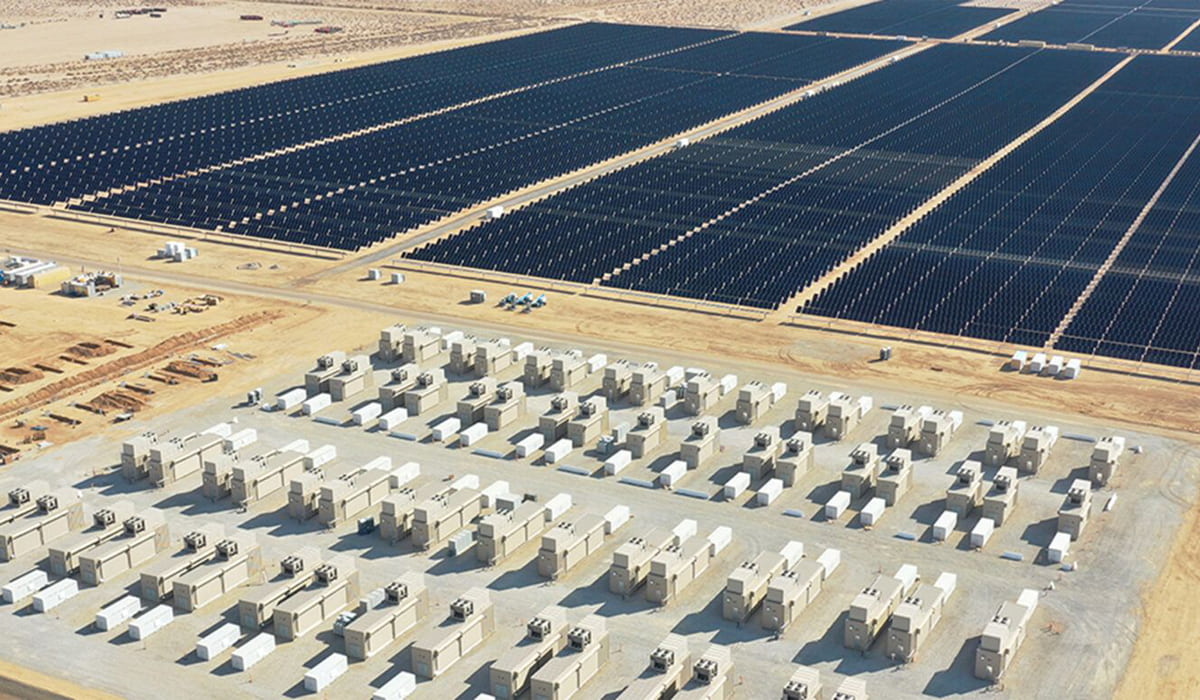Advantages and Disadvantages of Energy Storage Systems in Desert Environments
Nov 01, 2024
Desert environments, characterized by their extreme weather conditions, vast land areas, and abundant solar radiation, present a unique opportunity for the deployment of energy storage systems. These systems can help balance supply and demand, enhance grid reliability, and facilitate the integration of renewable energy sources. One standout system in this field is SUNDTA's energy storage solution, which boasts the capability to be tailored according to customer needs and local environmental conditions. Let's delve into the advantages and disadvantages of energy storage systems in desert environments, with a special emphasis on SUNDTA's customizable approach.
Advantages:
Customization and Flexibility:
SUNDTA's Unique Selling Point: SUNDTA's energy storage systems shine by offering unparalleled customization. Whether it's the capacity, type of battery chemistry, or integration with existing renewable energy sources, SUNDTA can tailor its solutions to meet specific customer requirements. This flexibility is particularly advantageous in desert environments where conditions can vary widely from one location to another.
Optimized for Desert Climates: By taking into account factors like temperature extremes and dust accumulation, SUNDTA can configure its systems to operate efficiently even under harsh desert conditions. This ensures longer lifespan and higher performance.
Enhanced Renewable Energy Integration:
Solar Energy Complementarity: Deserts are rich in solar resources, making them ideal for large-scale solar power plants. Energy storage systems, especially those like SUNDTA's that can be optimized for solar integration, enable the capture and storage of excess energy generated during peak sunlight hours. This stored energy can then be dispatched when demand is high or sunlight is scarce.
Wind Energy Potential: While solar is prominent, some desert areas also experience significant wind resources. SUNDTA systems can be configured to complement wind farms, providing a balanced and reliable energy mix.
Grid Reliability and Resilience:
Backup Power: Desert regions, often remote and underserved by traditional power grids, can benefit greatly from energy storage as a backup power source. In the event of grid failures, stored energy can quickly be mobilized to maintain critical services.
Peak Shaving: During periods of high demand, energy storage systems can reduce the need for expensive peak-generating capacity, lowering overall electricity costs and enhancing grid stability.
Disadvantages:
Environmental Challenges:
Temperature Sensitivity: While SUNDTA systems can be configured to withstand desert temperatures, extreme heat can still pose challenges. High temperatures can affect battery performance and lifespan, necessitating advanced thermal management solutions that may increase costs.
Dust Accumulation: Desert dust can settle on solar panels and battery enclosures, reducing efficiency and requiring regular cleaning and maintenance. This adds to the operational overhead.
High Initial Investment:
Capital Costs: The upfront cost of deploying energy storage systems, especially those that are highly customized like SUNDTA's, can be significant. While the long-term benefits often justify the investment, securing funding can be a challenge for some projects.
Logistics and Infrastructure: Building and maintaining energy storage facilities in remote desert locations requires substantial logistical effort and infrastructure development, which can add to overall project costs.
Water Consumption and Management:
Cooling Needs: Many battery storage systems require some level of cooling, which can be water-intensive in hot desert climates. While SUNDTA systems are designed to minimize water usage through advanced cooling technologies, water availability and management remain considerations.
Energy storage systems in desert environments offer numerous advantages, particularly when it comes to integrating and optimizing renewable energy sources. SUNDTA's ability to customize its solutions based on customer needs and environmental factors stands out as a key benefit. However, the deployment of these systems is not without challenges, including environmental, financial, and logistical considerations. As technology advances and costs continue to decline, the balance of advantages and disadvantages will likely tip further in favor of energy storage, making desert environments even more attractive for the deployment of these innovative solutions.